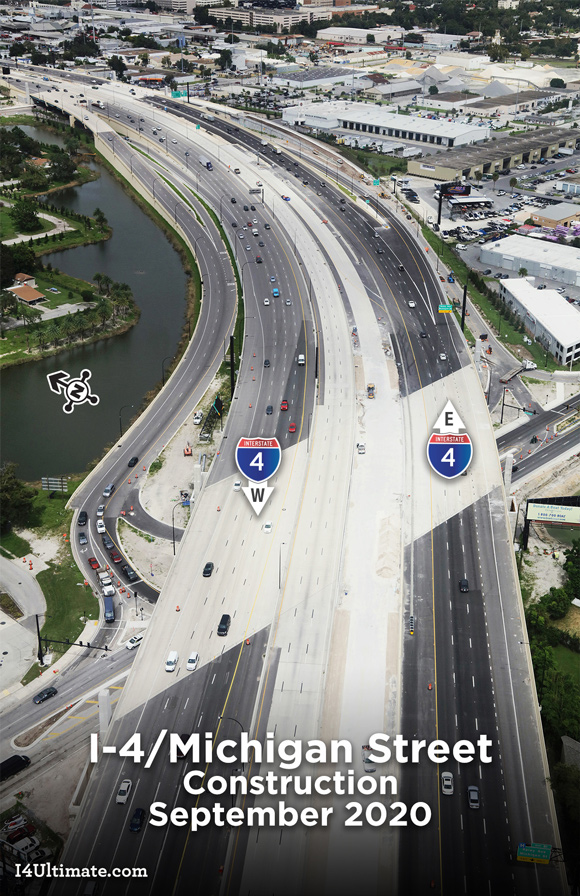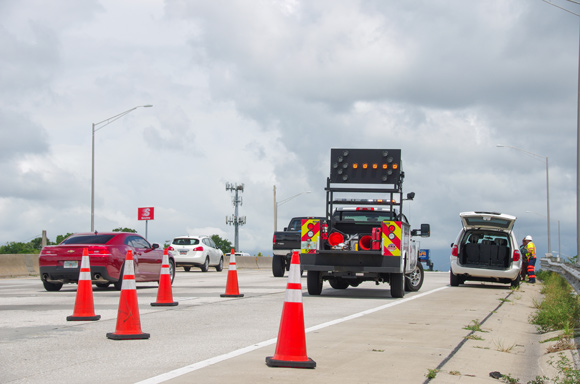Spotlight:
National Traffic Incident Response Awareness Week Encourages Safe Driving
All motorists rely on first responders to manage traffic incidents after they occur. But, those driving by don’t always think about the dangers first responders face each day.
It’s the firefighters, police, emergency medical crews, Road Rangers, hazmat teams, commercial tow truck drivers, and others who assist injured victims, direct vehicles past the site, untangle traffic tie-ups, clear the wreckage, mop up fuel spills, and manage the scene so that secondary crashes do not occur.
As other cars and trucks roll past, the men and women assisting with the aftermath of a crash must depend on careful drivers for their own safety.
This year, organizers of National Traffic Incident Response Awareness Week are sharing this urgent message with the slogan: “Slow Down. Move Over. Be Safe.”
During the week of November 9–15, the group will highlight the need for drivers to stay alert. They also are asking motorists to drive carefully in appreciation for the work of first responders and those who died on the roads in the line of duty.
In the very stressful and often confusing moments that follow a crash, everyone is encouraged to use caution. When drivers don't pay attention to the road or when they drive aggressively, first responders’ lives are put at risk. Last year, 44 crash-site responders died nationally while trying to help motorists and/or manage incident sites, according to the Emergency Responder Safety Institute. Another 39 have died so far this year, as of mid-October. Many more have been badly injured.
The national Traffic Incident Management (TIM) Network is sponsoring and promoting the recognition week by offering educational materials and videos with titles such as “Leave Your Phone Alone” and “It's No Picnic Out Here.”
To learn more about the extensive efforts of the Florida Department of Transportation’s Traffic Incident Management Network, please visit:
|








